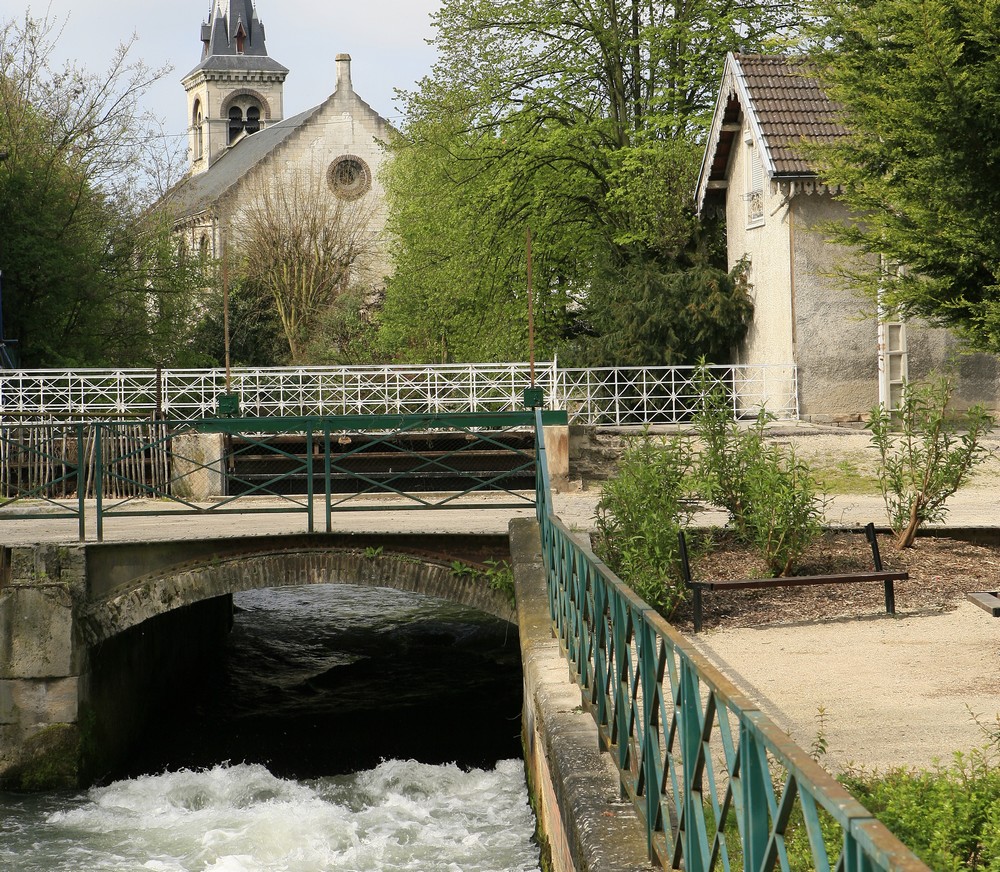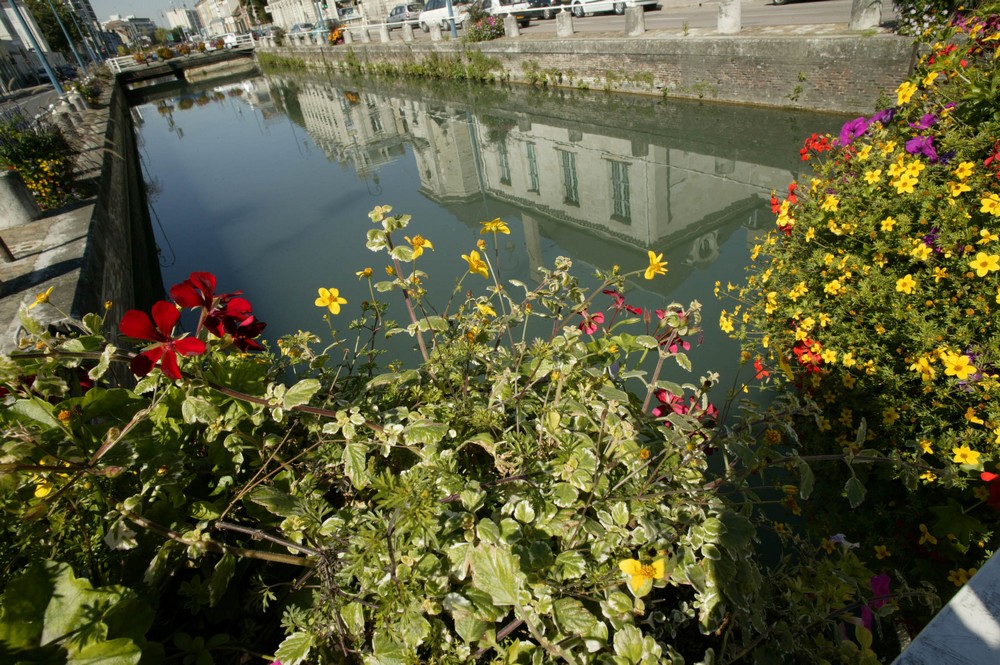About
Water in Troyes through the ages.
As early as the Lower Paleolithic (around 400,000 BC), the region was populated by nomads, who most certainly found the resources they needed for their temporary settlement in the marshy surroundings of Troyes. These populations became sedentary around 5000 BC.
In the first centuries AD, the Romans chose this site for their castrum (fortified city) Augustobona Tricassium, as it enabled them to guard the Via Agrippa bridge linking Milan to Boulogne-sur-Mer. The ancient city is located on an alluvial terrace not far from the river Vienne. Later, the city was protected by ramparts lined with ditches. Water also protected the town, built mainly of wood and straw, from fire.
As early as the 12th century, a number of water mills were set up along canals known as rus. They provided water for workshops, tanneries and draperies, and served as sewers.
Drinking water came from the Canal de la Moline, which ran from the Seine and drained the marshes to the east, and the Canal des Trévois, to the south. Clean water was a vital necessity for residents, who frequented laundries, washhouses, public baths and steam rooms.
Last but not least, water was a vital means of transporting goods and people: from 1805, Napoleon had the canal de la Haute-Seine and the Bassin de la Préfecture dug near the ru Cordé, to link Paris to the Canal de Bourgogne and encourage merchant traffic.
Between the 15th and 19th centuries, in addition to the numerous private wells, the city maintained some 70 public wells at great expense. From 1850 onwards, however, running water became available in the city, and the wells were disused and often destroyed because they interfered with vehicular traffic. Most of the canals and rusks were filled in during the 20th century, and the "Bains Douches" (shower baths) gave way to the Vouldy swimming pool, now the Lucien Zins pool.
Today, Troyes is rediscovering its canals and wells, which you'll come across as you stroll through the bouchon. With their carved stone coping and delicately crafted fittings, they are built from old plans and often installed where their distant predecessors might have been.

